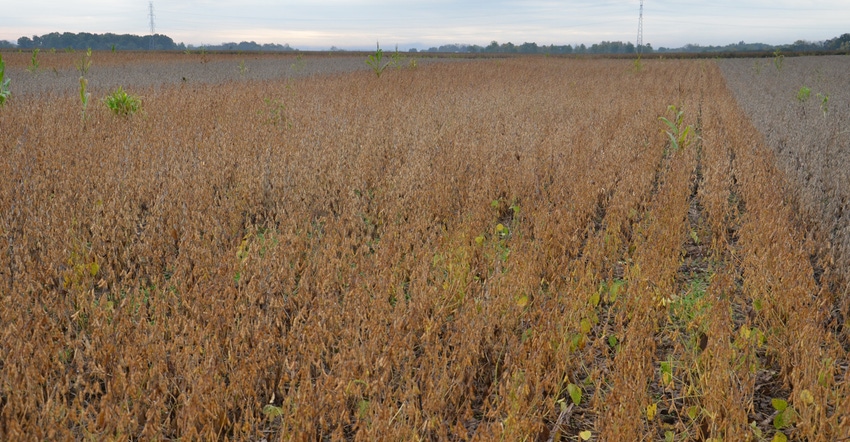
You can’t get away from the topic of carbon sequestration these days. National, broad-based consumer companies talk about it because customers and investors are asking them about it. Ag companies are proposing carbon credit programs. Congress is debating a bill that would allow USDA to work on standardizing carbon credits.
Why all the fuss? If someone wants to talk to you about sequestering carbon in exchange for payments of $10 to $20 per acre, is it worth your time?
Recently, Jim Mintert, a Purdue University Extension ag economist and director of the Purdue Center for Commercial Agriculture, sat down with colleagues Nathanael Thompson and Carson Reeling and discussed the origins of the carbon sequestration discussion. Here are some key facts about the topic:
Types of carbon emissions. Experts in greenhouse gas emissions talk about three scopes of emissions, Reeling says. Scope 1 is direct carbon emissions, like from a power plant. Scope 2 is indirect emissions, such as if you purchase energy from another producer. Scope 3 gets down to upstream emissions from suppliers, employees and even commuters.
Companies are often interested in buying carbon credits as offsets against scope 2 and 3 emissions.
Basic regulatory market. This market is driven by government regulation, either state or federal, Reeling says. Basically, a regulation says you must reduce emissions to a capped amount. If you can’t or don’t want to, you can buy permits, which are like credits. These permits allow the company to continue to operate.
“Even this system is controversial,” Reeling says. “Some believe it just allows polluters to continue to pollute instead of spending money to clean up what they do. Some say that in the end, it doesn’t result in less carbon emissions.”
Nonregulatory markets. These are nonregulated, voluntary markets where companies want to improve their environmental footprint by buying credits from someone sequestering carbon to offset areas where the company isn’t doing it. “If you can verify that you’re sequestering carbon, you can sell it,” Mintert says. “Farmers could operate in this space, but very few in row crop agriculture have so far, because they haven’t been able to verify what they’re doing.
Regulatory market attempts. The Chicago Climate Exchange began about a decade ago, but eventually went defunct because there wasn’t enough interest, Reeling says. The regional Greenhouse Gas Initiative started in 2009 and is still operating, he says. It’s been successful, with most companies involved located in the Northeast. Finally, California has its own Cap and Trade market, started in 2013, which primarily involves regulated business in California.
Agriculture has a small presence in that market, Reeling says, primarily through large dairies with methane digesters. They can sell offsets if someone wants to buy them, he notes.
Nonregulated markets. “This is the space where many of the names you’re hearing about are trying to play,” Mintert says.
Companies involved so far include Indigo Ag, Neri Inc., Bayer, Land O’Lakes with its Truterra program and others. The practices these companies are pushing the most to farmers include switching to no-till and raising cover crops, Mintert says.
Bayer is really an “inset” market, Reeling explains, because it’s seeking to sequester carbon within its chain, including with farmer-customers, not from outside people or companies.
About the Author(s)
You May Also Like




